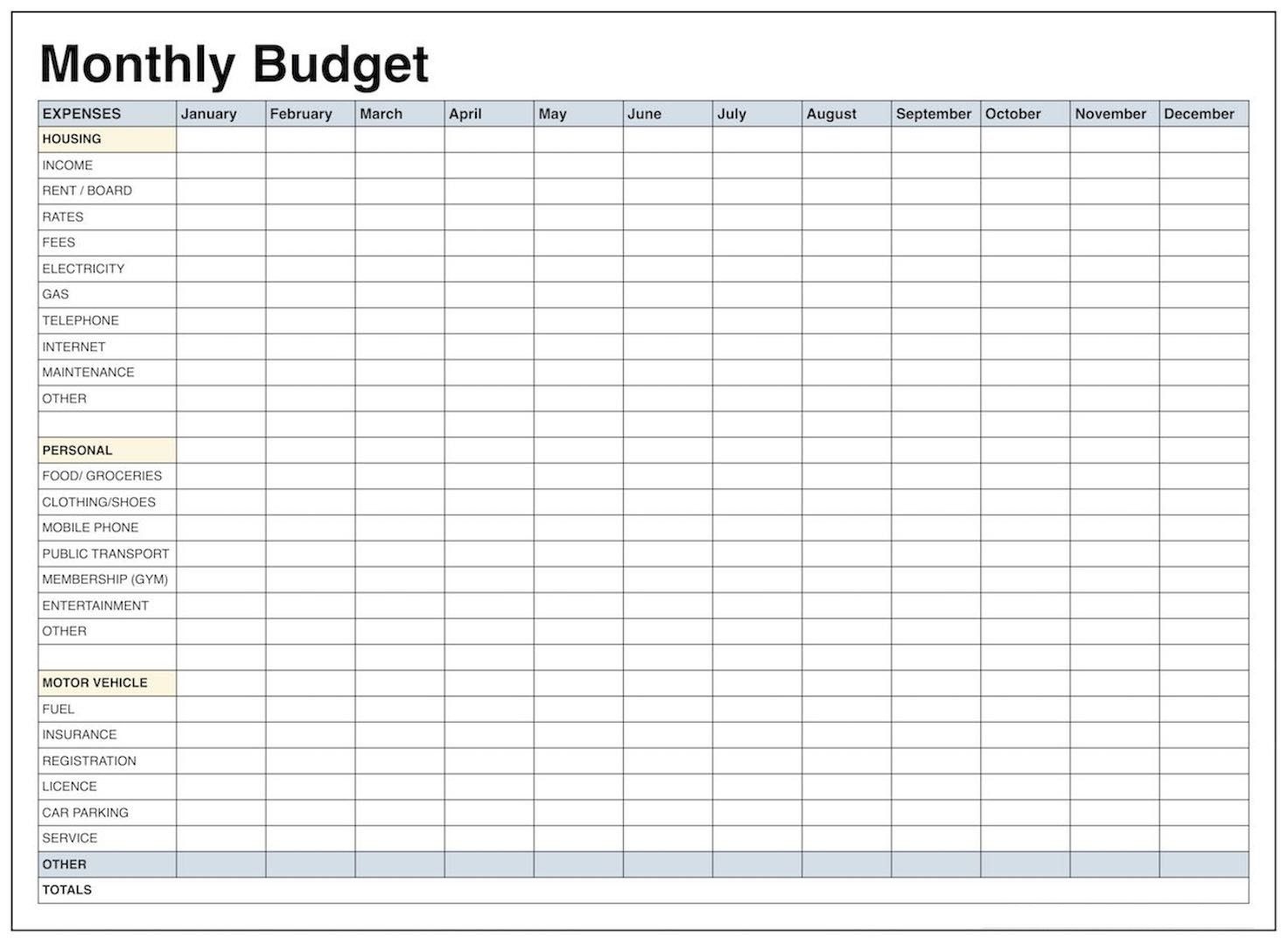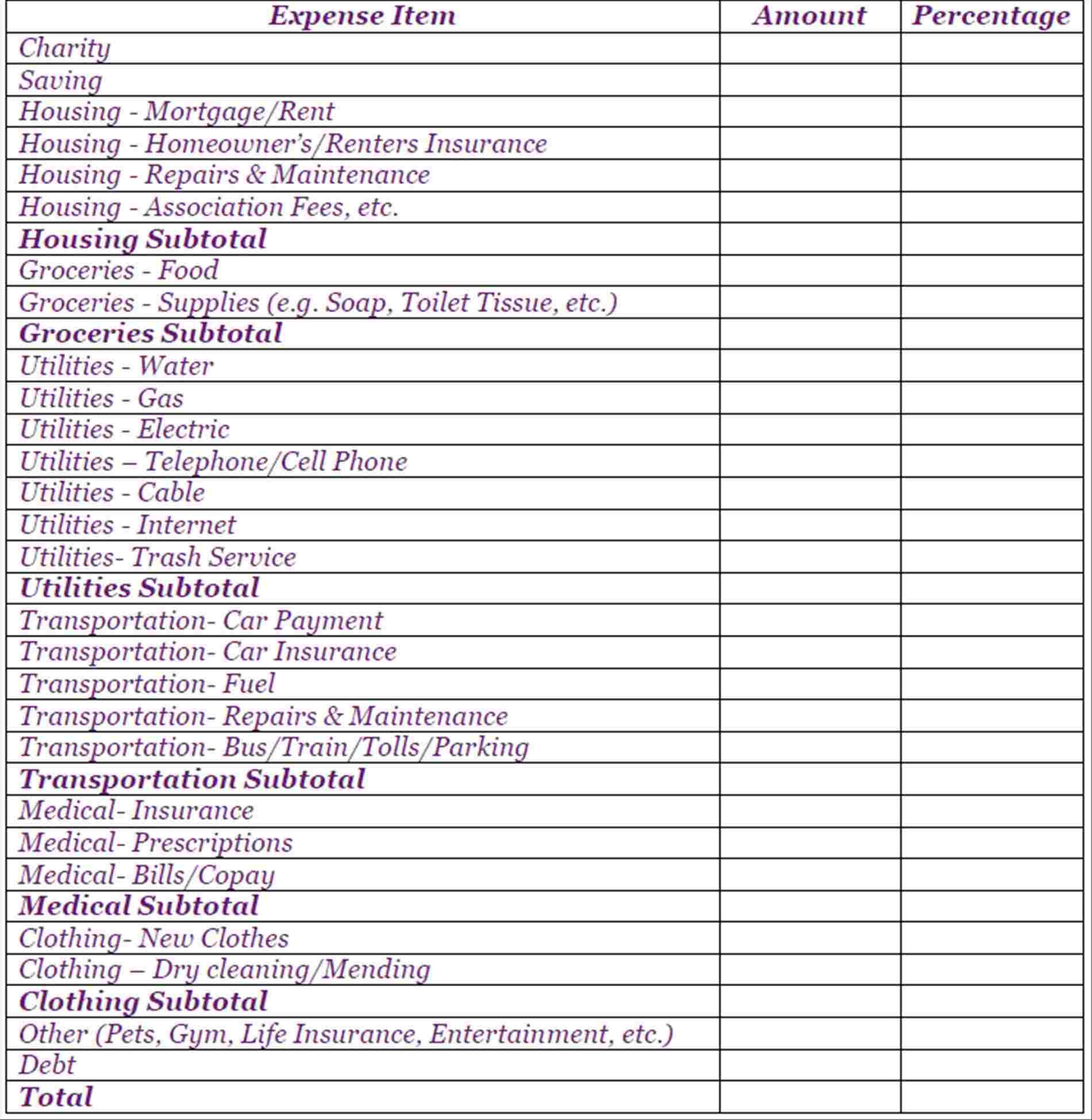

Be sure to bring your student ID card with you. Student discounts: You can get a student discount card or just look for student rates that are available for travel and entertainment. If your host company offers direct deposit (meaning your paycheck is automatically deposited into your account each pay period), you may be able to have a portion of your paycheck put directly into savings. checking accounts have an attached savings account where you can put a portion of your money or earnings. Think about your needs versus your wants: paying your rent on time is a need, but buying a souvenir for your friend is a want!Įmergency fund: It’s always a good idea to have an emergency fund - that is, a savings account where money is set aside in case you really need it. Stay on target: Once you have an idea of how much you will be spending each month, it’s important to stick to that number! When you’re in a new and exciting place, it’s tempting to overspend and splurge. We’ve created a sample budget for a six-month program in New York City for your reference (note that amounts are only examples). Use our Budgeting Worksheet to make sure that you will have sufficient funds for your experience in the United States. If you will not be paying for housing, $750 should be sufficient for your arrival.


food and extra monetary funds to cover any unexpected emergency situation while in the U.S.transportation from the airport to your temporary or permanent housing.security deposits and first month’s rent for your housing (often first month, last month and security deposit in New York City).a hotel or hostel while you conduct a housing search.We suggest you budget between $2,000 and $4,000 depending on where you will be living to cover your initial costs, including: You’ll also need to budget for any traveling you intend to do while in the U.S. If you spend a lot of money in your home country, you will probably spend a lot of money while you’re in the U.S. Personal spending habits and limits: When traveling, most people spend money in the same way they would at home.
Examples of monthly expenses free#
You can always ask your host employer if you have questions about your earnings and tax deductions.Įmployee Benefits: If your employer offers free housing or a food or transportation allowance, this benefit will help reduce your monthly costs.
You will also likely to be entitled to a tax refund, so make sure to file your tax return each year following any year you earned income in the U.S. The amount withheld from your paycheck depends on a variety of factors, including your host city and state, so be aware of these factors if you have a paid internship. For example, if your internship stipend is $2,000 per month, you will actually receive slightly less than $2000 on your paycheck. Your ‘take-home pay’ will be less than the stipend listed on your training plan because of income tax withholdings (J-1 Interns are subject to local, state, and federal income tax, but exempt from Medicare and Social Security taxes). Taxes: If your program is paid, don’t forget to account for the taxes that will be deducted from each paycheck. Even if you are doing a paid program, you should still research the cost of living of your city in advance to ensure you can cover all your expenses. unpaid internship: If your program is unpaid, be sure to bring enough money to cover all of your expenses for the duration of your program. Other factors you should keep in mind when determining how much money you’ll need in the U.S.: Remember, your insurance does not cover pre-existing conditions or preventative care, so you will need to pay out-of-pocket for any preventative care or to treat pre-existing conditions. Medical expenses: Your accident and sickness insurance will cover most of your expenses for unexpected illnesses/injuries, but you will still need to pay a co-pay for any doctor’s visits and a deductible. You can also compare the cost of living between your home city and your host city in the U.S. $3.33 loaf of bread $1.31 dozen eggs $2.09 gallon of milkĬheck out the cost of living in your U.S. $3.81 loaf of bread $1.47 dozen eggs $2.27 gallon of milk $4.99 loaf of bread $2.24 dozen eggs $2.19 gallon of milk $4.18 loaf of bread $2.48 dozen eggs $2.79 gallon of milk $105 30-day unlimited CTA pass $2.50 one-way ‘L’ train fare $127 30-day unlimited metro card $2.75 one-way metro fare Typical Rent (one room in a shared apartment) Here you’ll find some useful resources for creating a budget for your time in the U.S., as well as some advice for saving money throughout your program.Įxpenses | Create a Budget | Funding Expenses Cost of Living As you research your host city, you should also come up with a monthly plan of your anticipated expenses. can be expensive and it’s important to make necessary financial preparations before your arrival.







 0 kommentar(er)
0 kommentar(er)
